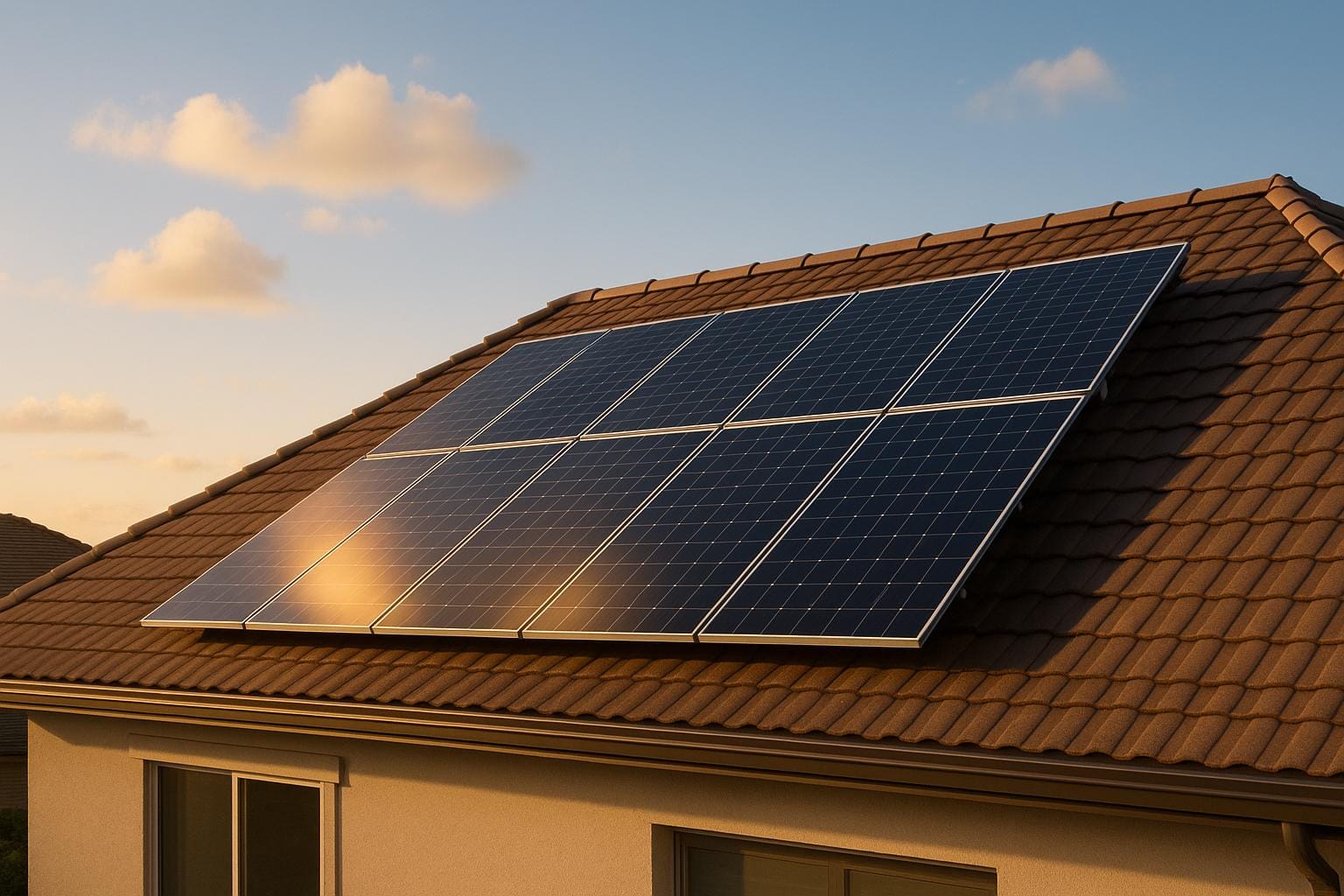Solar Panel Orientation Finder
Find the best direction and tilt for your solar panels with our easy tool. Enter your location and roof type for tailored energy-saving tips!

Optimize Your Solar Setup with the Right Orientation
Harnessing solar energy starts with getting the basics right, and that means figuring out the best position for your panels. A well-placed solar array can significantly boost your energy output, cutting down on bills and maximizing your investment. But how do you know which direction or angle works best? That’s where a tool like our Solar Panel Orientation Finder comes in handy.
Why Direction and Tilt Matter
The sun’s path isn’t random—it moves predictably based on where you are on the planet. In the Northern Hemisphere, pointing panels south captures the most rays, while the tilt (often close to your latitude) ensures they’re not too flat or steep to miss peak sunlight hours. Seasonal changes can shift things a bit, so having a tailored recommendation helps. Beyond just numbers, proper alignment means your system works smarter, not harder.
Beyond the Basics
Of course, every home is different. Shading from trees or nearby structures can throw a wrench in even the best setup. That’s why, after using a solar direction tool, chatting with a local expert can fine-tune things. Curious about your optimal setup? Plug in your details and see how small tweaks can lead to big energy gains.
FAQs
Why does solar panel orientation matter so much?
Orientation determines how much direct sunlight your panels capture. In the Northern Hemisphere, facing south usually gets you the most exposure throughout the day. If your panels are off by even a few degrees, you could lose efficiency and generate less power. This tool helps pinpoint the sweet spot based on where you are, so you’re not leaving energy on the table.
How do I know if my roof angle works for solar panels?
The ideal tilt often matches your location’s latitude, but it’s not a hard rule. If you’ve got a pitched roof, inputting your angle helps us tweak the recommendation. Flat roofs might need adjustable mounts to hit the right tilt. Our tool considers all this and gives you a range to work with, factoring in seasonal shifts in the sun’s path.
Can local conditions mess with these recommendations?
Absolutely, and that’s why we include a disclaimer. Things like nearby trees, buildings, or even heavy cloud cover can impact how much sunlight your panels get. This tool gives you a solid starting point based on location and roof data, but a site-specific assessment by a pro can account for those unique quirks.

